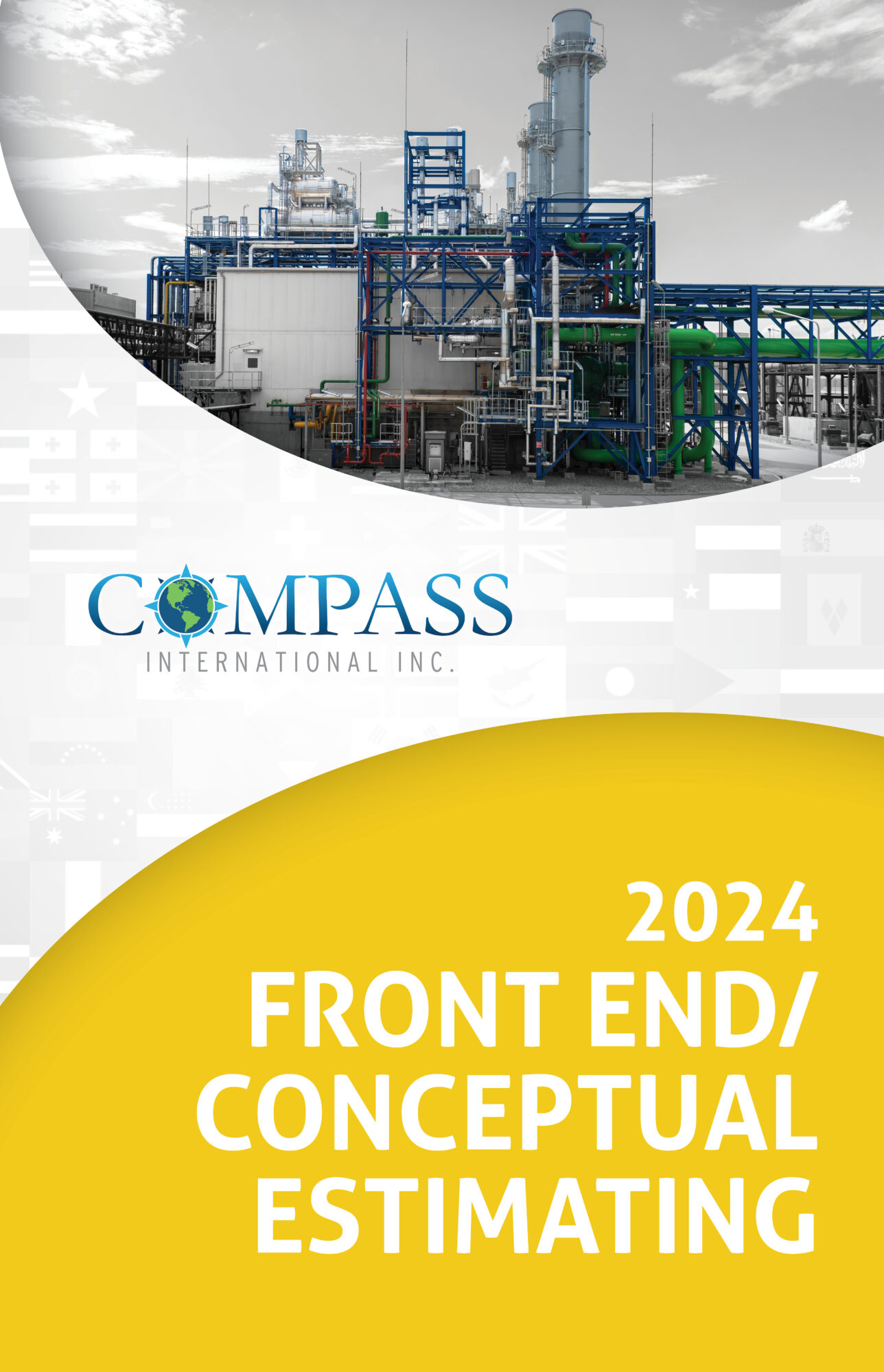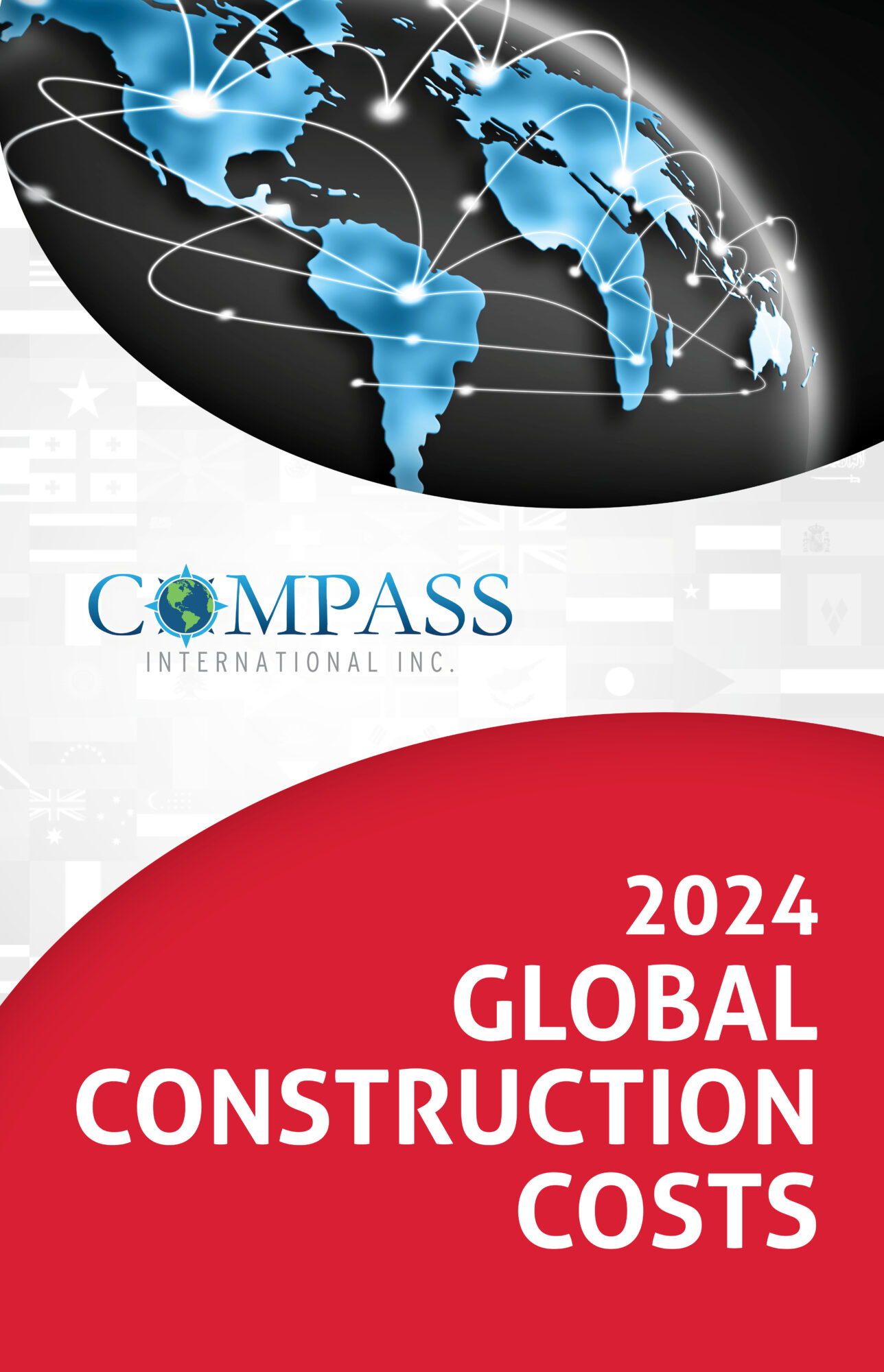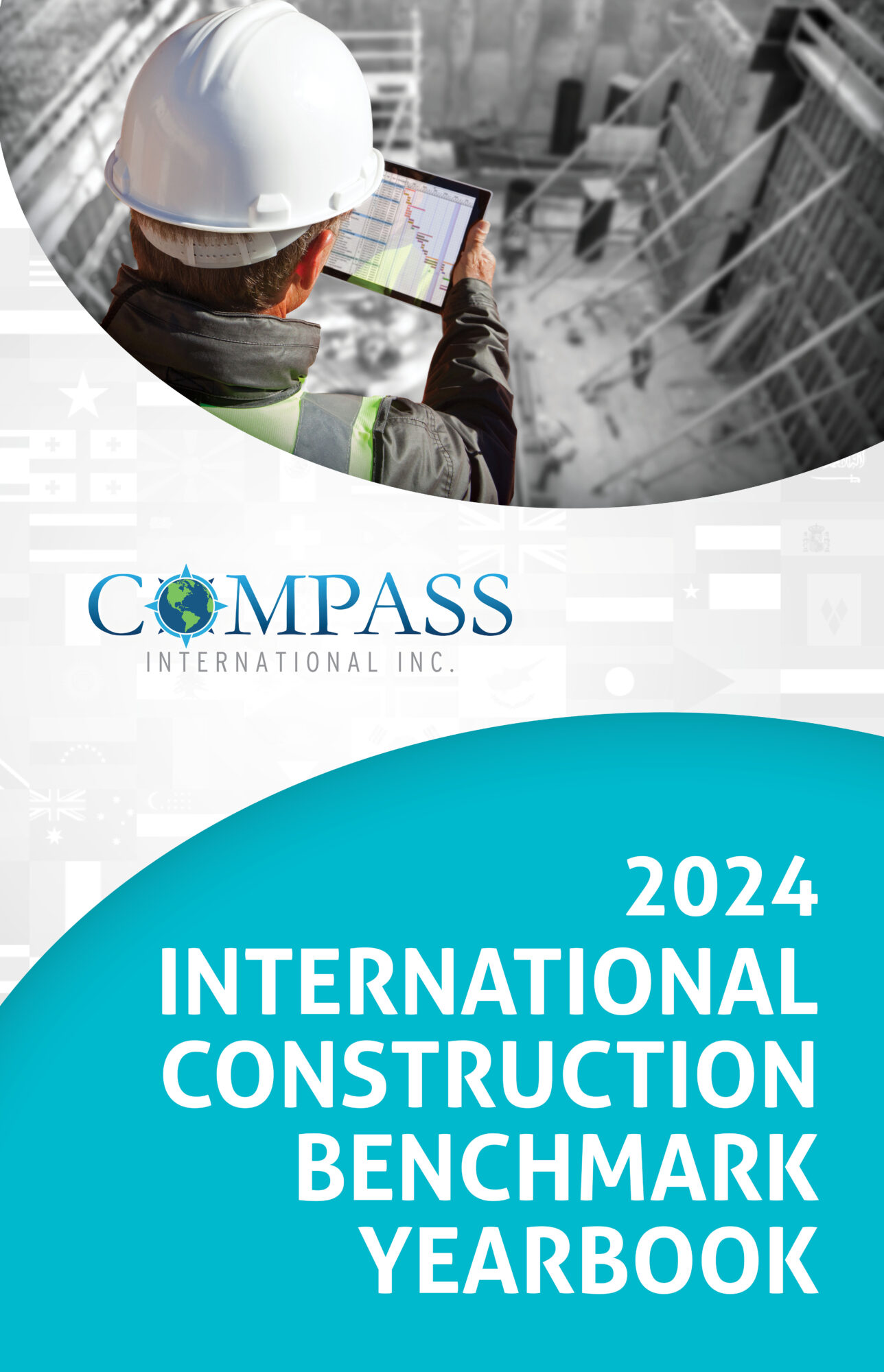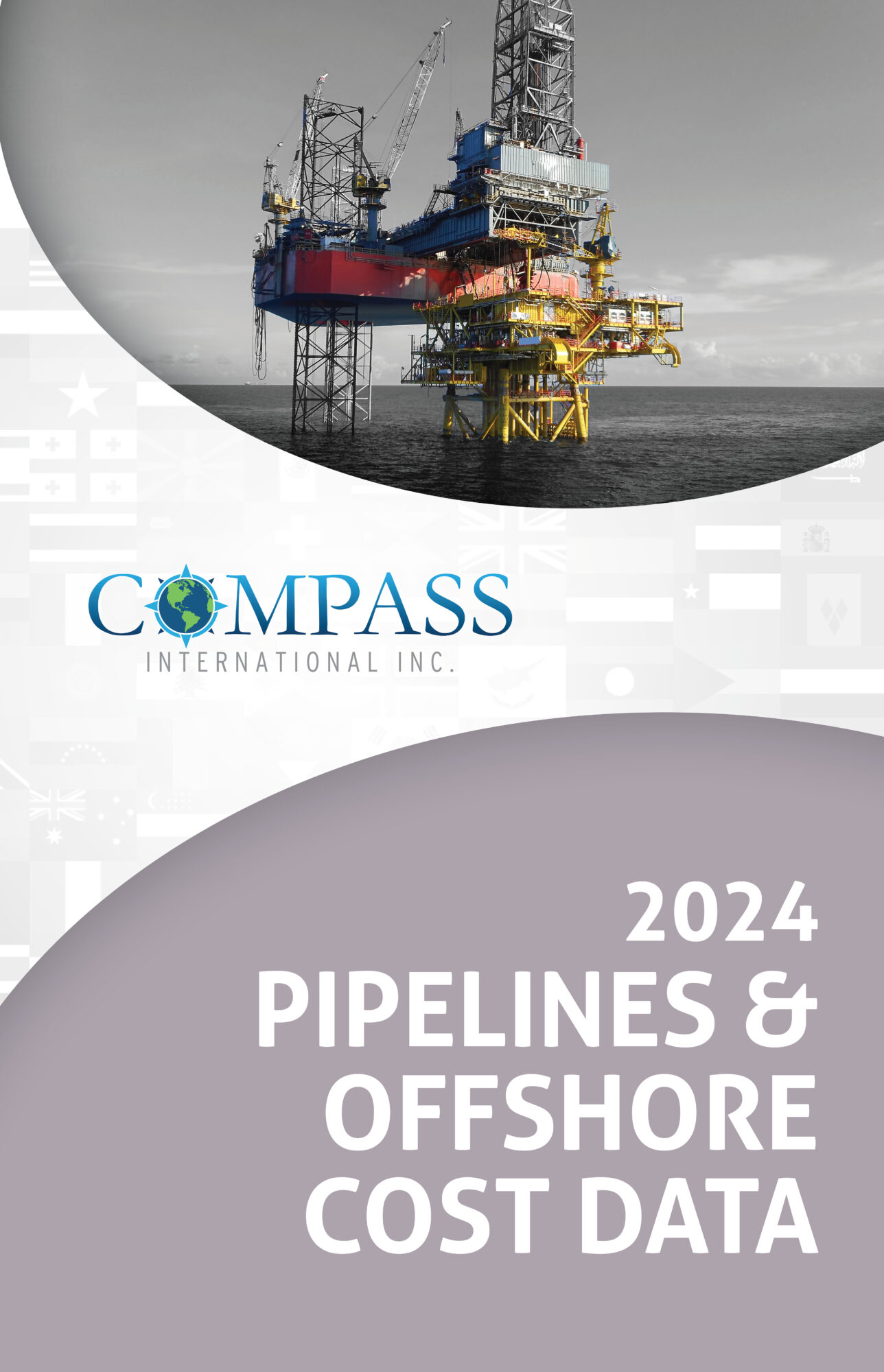North America
USA, CANADA & MEXICO are forecast to see between 2.2% & to 3.4% GDP growth in 2nd Q of 2024.
The 2024 US / Canadian / Mexico Construction market is estimated to be in the $3.05 to $3.15 trillion range, an increase of 2.9% from 2023.
In the USA, the year and half US manufacturing construction boom is starting to see some signs of a gradual slowdown. However, there are still a number of EV manufacturing and battery plants together with computer FAB facilities and call centers in the development pipeline that will keep this construction sector reasonably busy for the next 18 to 24 months.
The US construction industry continues to face supply chain challenges, price spikes, longer delivery times for such as components as MCC / switchgear, modules / specialized skids, compressors, pumps, fabricated process piping, HVAC / HEPA equipment and filters.
Extreme shortages of skilled labor such as Pipe-fitters, Welders, Electricians and Instrumentation technicians continue to be a serious problem to the US construction industry.
US construction inflation will continue to remain in the 3.5% to 3.9% range for the next 6 to 9 months. High interest / borrowing rates will continue to negatively impact the US Commercial / Housing sector.
US Construction material inflation in the 3 year period from 2021 to 2024 has increased by as much as 24%, with a lot of the increase attributable to COVID and the following supply chain issues and material shortages.
In the period 3/2021 to 3/2024, these construction materials have increased by the following percentages:
- RM Concrete 16% to 21%
- PC Concrete 14% to 18%
- Facing Bricks 14% to 18%
- Copper Pipe / Cable 15% to 20%
- Roofing Products 14% to 19%
- Timber / Plywood Products 12% to 16%
- Rebar / Structural Steel 21% to 28%
- Gypsum Wallboard 17% to 21%
- HVAC / Plumbing Fixtures 11% to 17%
- Process Equipment / Piping 9% to 18%
- Electrical Equipment / Fixtures 15% to 22%
- Paint / Coatings 15% to 20%
USA Real GDP growth forecasts for 2024 is in the 2.7% to 3.6% range, not too bad considering all the events and challenges the economy has faced.
Canada’s construction activity in the 2nd Q of 2024 is forecast to expand marginally by 1.5% to 2.5% over 2023. Construction material costs are set to increase by 2.8% to 3.3% and construction labor will see an increase of 2.8% over the same period in 2023.
Ontario, British Colombia and Quebec appear to the busiest Canadian Provinces for construction, with a mixture of Commercial, Infrastructure, Industrial and Residential construction activity. The Canadian unemployment is currently at 5.7%, with construction a little higher at 6.8% to 7.1%.
The Mexican construction sector is forecast to grow in 2024 and 2025 due a number of Government sponsored infrastructure projects and a pipeline of commercial and industrial projects. Mexico’s GDP will be in the 2.4% to 2.7% range going into 2024 2nd half. Inflation is currently 4.8% to 5.3% and construction unemployment is 2.8% to 3.2%, which is a significant improvement from 12 months back.





